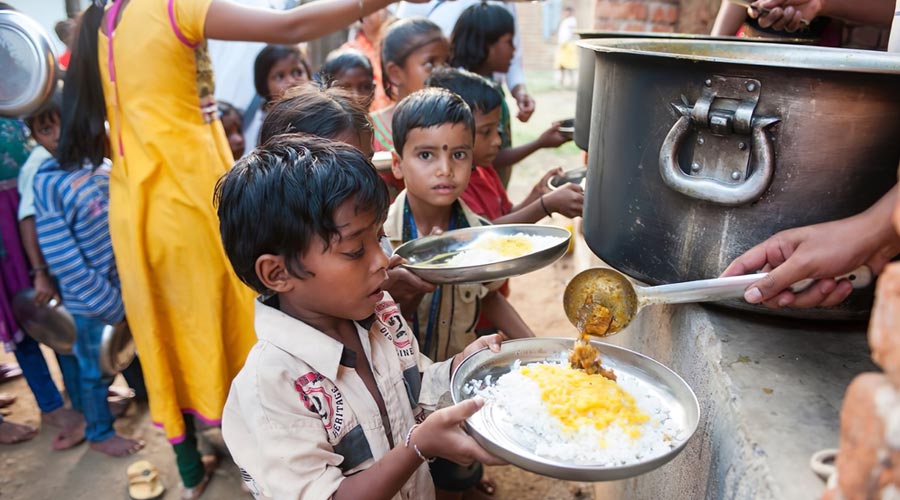One way of giving a boost to long-term economic growth is to increase public capital investment while, at the same time, providing for a balanced increase in expenditures on improving the living conditions of the poor and the deprived. The latter can be achieved through the creation of better job opportunities, enhanced healthcare and food security, quality education along with higher security against the uncertainties of life. The art of good fiscal management is to strike a balance between public investments and social improvements. This balance has to be reflected consistently in increasing allocations to both the sectors. There is no trade-off between the two. However, for the third time in a row, capital investment allocations have grown along with a reduction in social sector spending in the Union budget. Indeed, this year (2023-24), the budgetary allocation for the social sector has dipped below 20% of government expenditure for the first time since 2009. The social sector not only provides employment opportunities but it also creates long-term human capabilities through education and health. Going a step further, to view the picture emerging for particular heads of accounts, it appears that employment and income generation for the poor would be held back significantly as the allocation for the Mahatma Gandhi National Rural Employment Guarantee Act scheme has been cut from a revised estimate of Rs 89,400 crore for 2022-23 to a budgeted amount of Rs 60,000 crore for 2023-24. Similarly, there have been cuts in food subsidies and spends for rural development. Food grain entitlements for the poor have been reduced too. The budgetary allocations for health, education, and other social safety measures have fallen, or are about the same this year as the last.
One thing is clear about the development vision of this government: the rich have to be given continuous incentives and sops, such as this year’s tax relief for the highest bracket of individual income earners, while dwindling allocations for the poor would continue unabated. It seems that the priority of the Narendra Modi administration is to have a strong government that promotes growth without leaving too much for human development even though the poor have a lot to be anxious about at a time of high inflation, job losses, and a slowdown in economic growth. In a way, Mr Modi’s government represents a continuity with the strategies of earlier governments: growth first, equality later.

